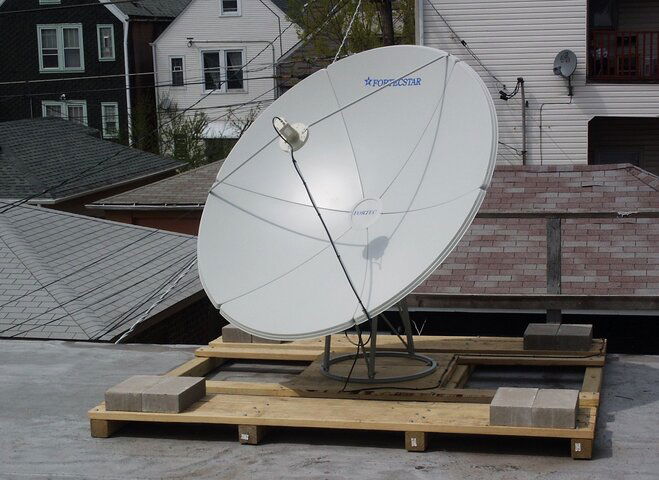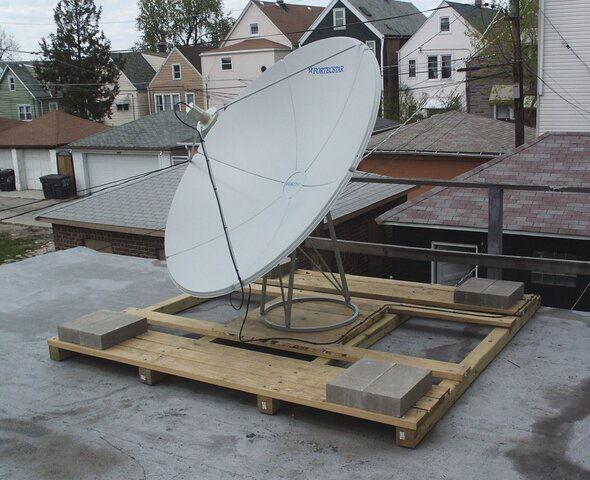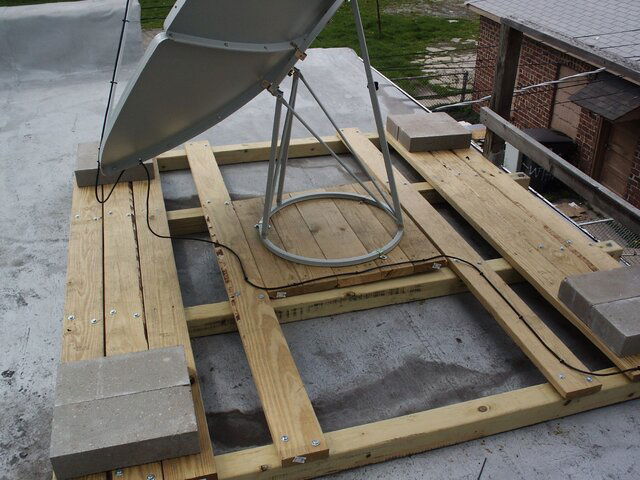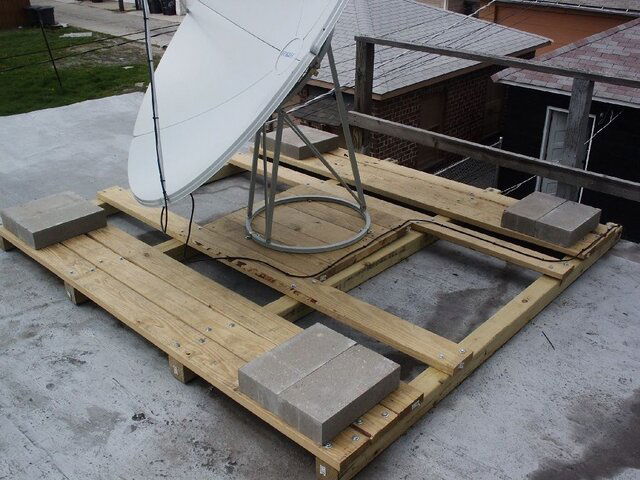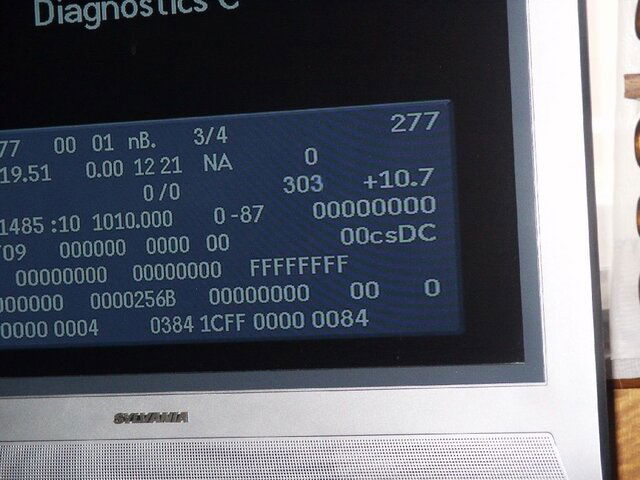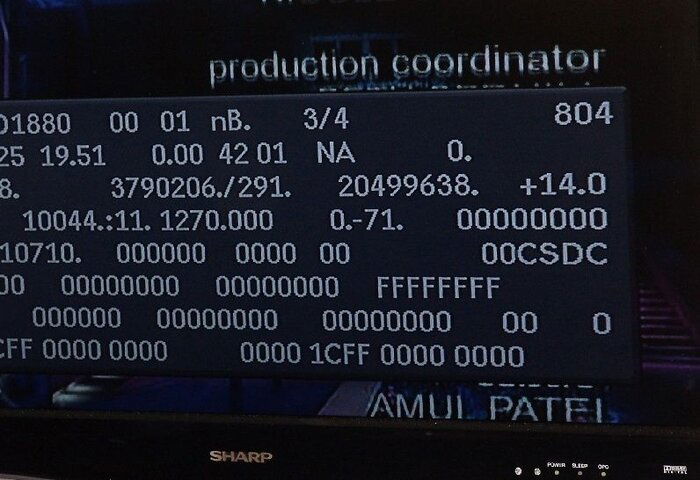Update 5/2/09
Its done

turned out real good. I made my static adjustments and when I powered on to the arc I had a picture and a +4.0 ebno right away. It is so cool to just set angles and get a digital lock and picture from the get go. Then I peaked the azimuth and elevation and skew. The feedhorn liked the F/D of .36 the best and the LNBF ended up at about 4 o clock. I ended up with a +10.7 ebno. Pretty darn good for a 6 footer. I tweaked every last drop of signal out of that thing
Pictures are attached of the dish install, the base and the clients 10.7 ebno. I enclosed last a picture of my W5 ebno on my 12 foot when I got home +14.0.
Feel free to ask any questions I will do my best to answer them. Get going guys start putting up those 6 footers and 410's for all you know and lets take back the c band skys

Added alignment tips:
How I got such good performance out of this dish.
1) When I assembled the reflector I made sure it was the best parabolic shape as possible.
2) I made sure the feedhorn was pointing exactly at the center of the dish.
3) After I maxed out the azimuth and elevation. I carefully adjusted the skew for maximum, tuned through the peak and came back to center.
4) Slid the feedhorn in and out to achieve maximum signal. Actually I under illuminated the dish since by doing that it works better at two degree spacing with a smaller reflector.
Note about ebno tuning:
This is the way to go, the only issue with that is it will not register any changes until you get a digital lock so it could be a pain if you cant find the bird. I was lucky and used my years of knowledge with dishes to know that you must set up static angles first as close as possible. I actually got the elevation right off the back of my working dish pointed at W5 and set the Fortec to exactly that. The azimuth was a matter of using a protractor and setting the degrees for my area which I confirmed I was right by checking it once again by my working dish. This Im sure played a big role in turning on the receiver and getting a green satellite light and picture from the start. The feed started out at 5:30 and .38 FD these were not optimal settings for alignment and needed tweaking. The elevation was perfect from my static adjustment and the azimuth needed only a very slight change from static to achieve maximum.
My final impressions:
The Fortec Star dish is a nice reflector for the price. It performs well and is built good. The struts could benefit by being a bit thicker though.
The Geosat LNBF is decent the only thing I didn't care for was I think it needs more than one hold down screw to adjust the scaler ring like the Chaparral feeds have. Signal performance was very good.
The DSR 410 works great with a LNBF. It switches channels and locks them very fast. The picture quality is very good from the composite video outputs. The RF modulated output looks good but lacks a direct video source quality.


